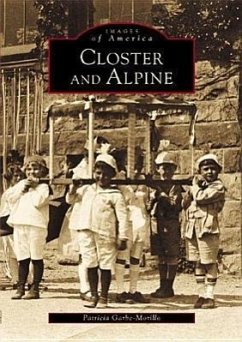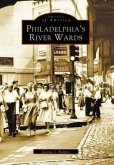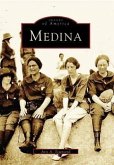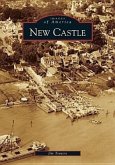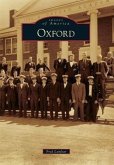Closter and Alpine are situated on the slopes of the Palisades cliffs, tucked into the northeastern corner of New Jersey. Rising some five hundred feet above the Hudson River, the peaks of these cliffs offer some of the most spectacular scenery in the state. On these slopes the earliest pre-Revolutionary settlements were established and nineteenth- and twentieth-century mansions were built. Closter and Alpine includes the region's earliest history, beginning with "Wooly," the ten-thousand-year-old long-haired mastodon discovered in 1974. The 1776 British invasion led by Lord Cornwallis and the cruel murder of ninety-year-old Douwe Tallman were early local events of the Revolutionary War. During the nineteenth century, the freed slave community of Skunk Hollow was founded, a community to which present Closter residents can trace roots. One of the most unique parts of the history of Closter and Alpine are the "Houses like Fords," the "assembly-line" homes built by the Lustron Corporation during the post-World War II housing shortage. Closter and Alpine have the only two of these houses remaining in Bergen County.
Hinweis: Dieser Artikel kann nur an eine deutsche Lieferadresse ausgeliefert werden.
Hinweis: Dieser Artikel kann nur an eine deutsche Lieferadresse ausgeliefert werden.

